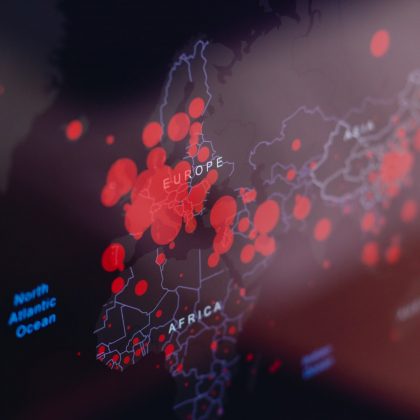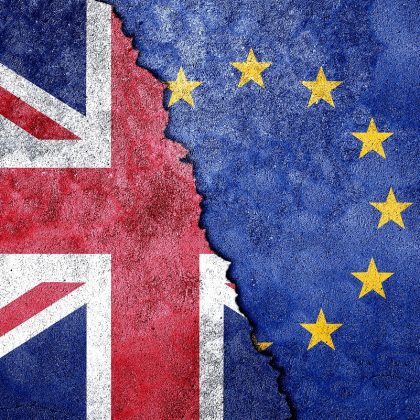Cultural Diplomacy and Europe’s Twenty Years’ Crisis, 1919–1939
This introduction accompanies a special collection of articles published in Contemporary European History.
Cultural diplomacy – the effort to advance a country’s interests using the so-called ‘soft power’ of culture, rather than the hard power of military threats or economic coercion – is a major theme in international relations today. Ironically, most of the core practices of modern cultural diplomacy emerged in a period of desperate military and economic danger: the period between the world wars that E. H. Carr famously called ‘the twenty years’ crisis’.
It was then that the foreign ministries of European states – dictatorships and democracies alike – founded cultural departments, established institutions like the German Academic Exchange Service and the British Council, sponsored international cultural festivals and expanded the worldwide activity of language-promotion organisations like the Alliance Française. Through such efforts, states mobilised broad swaths of civil society in new ways, engaging artists, architects, scholars, religious leaders, advertising executives and schoolchildren in projecting the nation’s culture abroad.
A high point of the interwar period’s new emphasis on cultural diplomacy was the 1937 International Exposition in Paris. Visitors to the event, like the ones we see in this image, were targeted by new forms of ‘cultural’ messaging at every turn. From the architecture of the national pavilions to the packed schedule of nationally typical performances, states went to great lengths to highlight elements of culture, rather than simply economic, technological or military power, as a factor of strength on the international stage. At the same time, the event took place under the shadow of Europe’s interwar crisis, marked by economic fragility, ideological conflict and the mounting threat of war. Indeed, the prominence of the Soviet and Nazi pavilions that we see here was itself a sign of the weakness of liberal democracy and laissez-faire capitalism, now challenged by rivals on the left and right.
This image – offering evidence of European states’ great investment in cultural diplomacy even as it documents the period’s terrible crisis – raises an intriguing question. Why did European states, struggling with the overlapping political, economic and social crises of the 1920s and 1930s, choose to invest resources into a field as ‘soft’ and elusive as cultural relations?
In the upcoming special issue of Contemporary European History, co-editors Benjamin Martin and Elisabeth Piller bring together a collection of cutting-edge research exploring this conundrum. The issue’s nine articles probe the relationship between Europe’s interwar crisis and the emergence of modern cultural diplomacy by exploring cases drawn from France, Germany, the United Kingdom, Hungary, Italy, Poland, Spain, the Soviet Union and Sweden. Taken together, these allow us to see that interwar Europe was a laboratory for the testing of new ‘cultural’ tools in international politics – one that produced ideas and practices that have continued to shape diplomatic practice to this day.
Over the next several weeks, a series of blog posts will present these articles. We are proud and excited to bring you this new research and look forward to the discussion we are sure it will stimulate.





